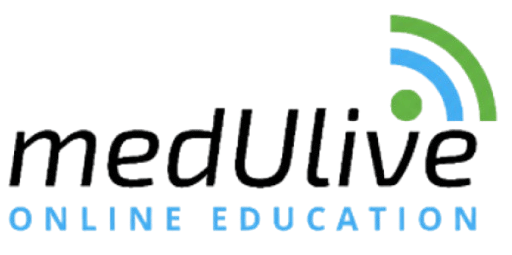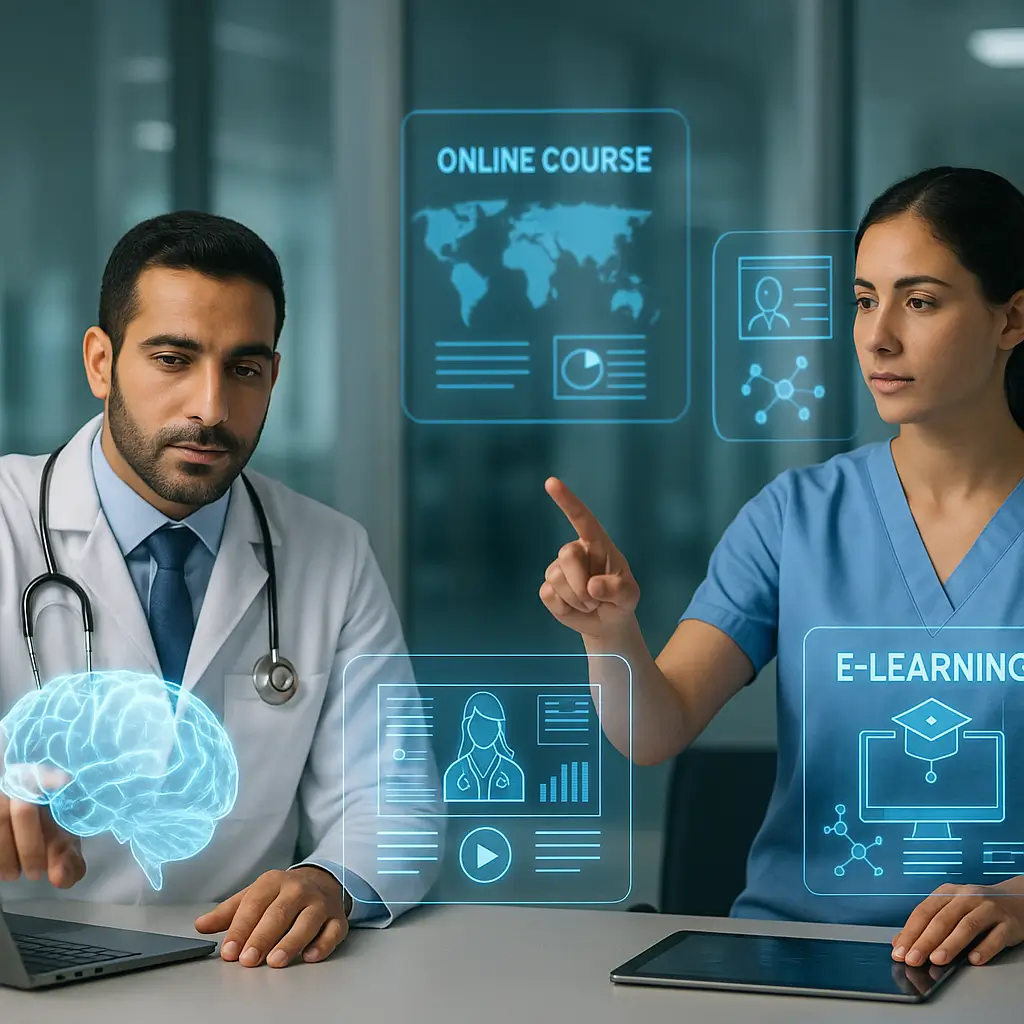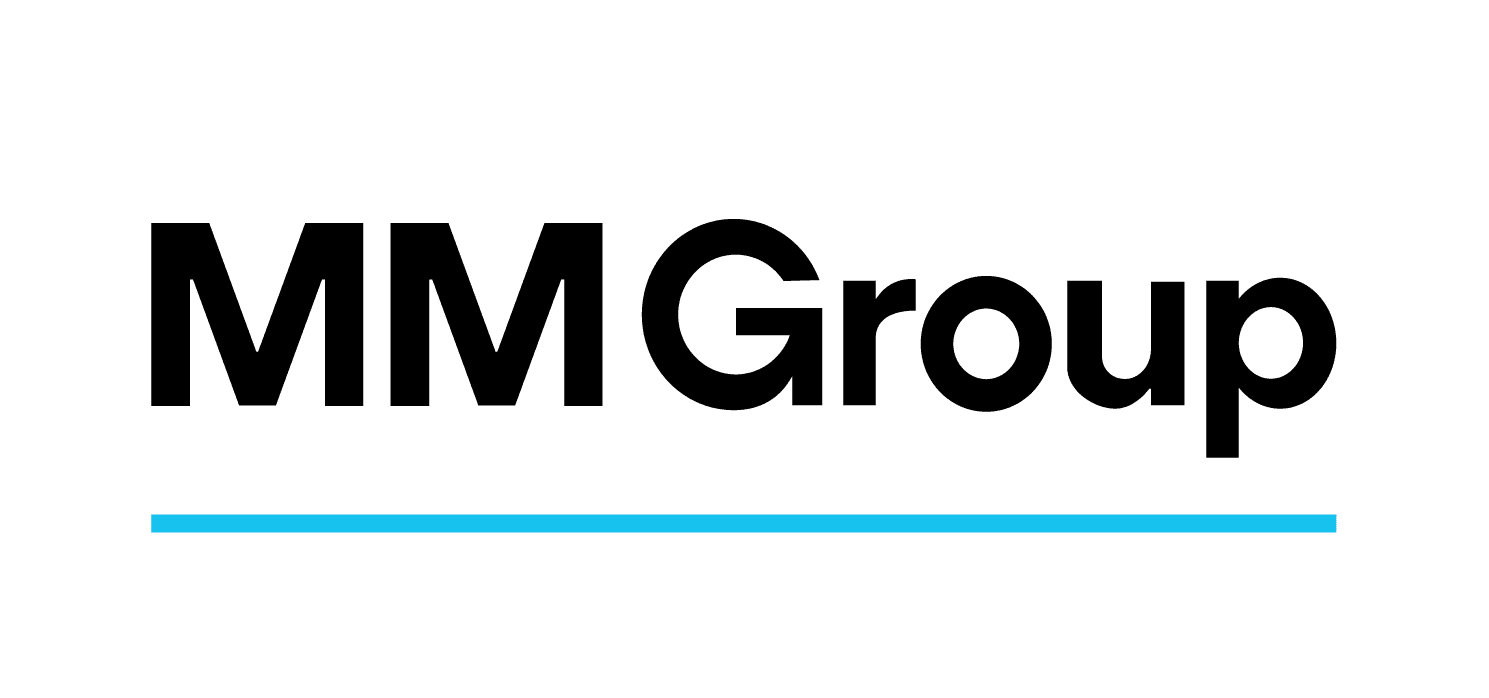Back to Blog
Medical Education
Featured
Microlearning Revolution: Bite-Sized Medical Education
How breaking complex medical concepts into digestible learning modules improves retention and fits into busy healthcare professional schedules.

Microlearning Revolution: Bite-Sized Medical Education
How breaking complex medical concepts into digestible learning modules improves retention and fits into busy healthcare professional schedules while maintaining educational quality and effectiveness.
The Microlearning Paradigm
Microlearning represents a fundamental shift in medical education delivery, recognizing that healthcare professionals need flexible, focused learning experiences that can be integrated into demanding clinical schedules without compromising educational quality or professional development goals.
Cognitive Science Behind Microlearning
Learning Retention Optimization
Spaced repetition** principles for long-term memory formation Cognitive load theory** application to prevent information overload Active recall** techniques for knowledge reinforcement Interleaving practice** for skill transfer and application
Attention Span Considerations
Focused attention** maximization through shorter sessions Interruption resistance** in busy clinical environments Mental fatigue** prevention through bite-sized content Engagement sustainability** across multiple learning episodes
Memory Consolidation
Sleep-dependent** memory processing support Distributed practice** effects on knowledge retention Forgetting curve** mitigation through strategic repetition Context-dependent** learning for clinical application
Microlearning Content Design
Module Structure
5-10 minute** learning episodes for optimal attention Single learning objective** focus per module Progressive complexity** building across modules Self-contained** content with clear begin and end points
Content Types
Interactive scenarios** for clinical decision-making Video demonstrations** for procedural learning Quick assessments** for knowledge verification Case study snippets** for practical application
Multimedia Integration
Visual aids** for complex concept explanation Audio narration** for passive learning opportunities Interactive elements** for engagement and practice Adaptive pathways** based on learner performance
Implementation in Medical Education
Curriculum Integration
Just-in-time** learning for immediate application Prerequisite building** for complex procedures Review sessions** for certification maintenance Continuing education** credit accumulation
Clinical Workflow Integration
Point-of-care** learning during patient encounters Break-time education** during short clinical pauses Commute utilization** for passive learning content Shift transition** periods for quick skill updates
Technology Platforms
Mobile-first design** for smartphone accessibility Offline capability** for unreliable internet environments Synchronization** across multiple devices Progress tracking** for completion monitoring
Specialty-Specific Applications
Emergency Medicine
Rapid assessment** protocols and decision trees Drug dosage** calculations and safety checks Procedure refreshers** for infrequently performed skills Crisis management** scenario-based learning
Surgery
Anatomy reviews** before complex procedures Technique variations** and best practices Complication management** strategies and responses Equipment updates** and new technology integration
Internal Medicine
Diagnostic criteria** review and application Treatment guidelines** updates and modifications Drug interactions** and contraindication alerts Patient communication** strategies and techniques
Pediatrics
Age-specific** dosing and administration guidelines Developmental milestone** assessment techniques Parent communication** strategies and approaches Emergency protocols** for pediatric populations
Assessment and Validation
Knowledge Verification
Micro-assessments** integrated within modules Competency demonstrations** through simulation Peer review** and collaborative evaluation Self-assessment** tools for reflection and improvement
Learning Analytics
Completion rates** and engagement metrics Time-to-competency** measurement and optimization Knowledge retention** tracking over time Application success** in clinical practice
Continuous Improvement
Learner feedback** integration and response Content effectiveness** analysis and refinement Technology optimization** based on usage patterns Evidence-based** modifications and enhancements
Professional Development Integration
Career Advancement
Skill gap** identification and targeted learning Certification preparation** through modular progression Leadership development** through bite-sized leadership concepts Research methodology** training in digestible segments
Continuing Education
CME credit** accumulation through micro-modules Maintenance of certification** requirements fulfillment Specialty recertification** preparation and support Lifelong learning** habit development and sustainability
Quality Improvement
Best practice** dissemination and adoption Safety protocol** updates and reinforcement Quality metrics** understanding and improvement Patient satisfaction** enhancement strategies
Technology Infrastructure
Platform Requirements
Scalable architecture** for large user populations Responsive design** for multiple device types Robust security** for protected health information Integration capabilities** with existing systems
Content Management
Version control** for evolving medical knowledge Content curation** and quality assurance Personalization engines** for individualized learning Analytics dashboards** for performance monitoring
User Experience
Intuitive navigation** for time-constrained users Quick access** to relevant content Progress visualization** and achievement recognition Social features** for peer interaction and support
Institutional Implementation
Organizational Change Management
Leadership buy-in** and champion identification Cultural adaptation** to microlearning approaches Resource allocation** for platform and content development Training programs** for educators and administrators
Faculty Development
Content creation** skills and techniques Technology utilization** training and support Assessment design** for microlearning environments Student support** strategies and interventions
Quality Assurance
Content accuracy** verification and validation Educational effectiveness** measurement and improvement Technical performance** monitoring and optimization Accreditation compliance** and documentation
Future Innovations
Artificial Intelligence Integration
Adaptive learning** paths based on individual progress Content recommendation** engines for personalized education Natural language processing** for interactive learning experiences Predictive analytics** for learning outcome optimization
Emerging Technologies
Virtual reality** integration for immersive experiences Augmented reality** for context-aware learning Wearable technology** for passive learning opportunities Voice interfaces** for hands-free learning access
Global Accessibility
Multi-language** content development and delivery Cultural adaptation** for diverse healthcare systems Low-bandwidth** solutions for resource-limited settings Offline synchronization** for unreliable connectivity
Measuring Impact and ROI
Learning Outcomes
Knowledge acquisition** speed and efficiency Skill development** progression and mastery Behavioral change** in clinical practice Patient outcome** improvements through education
Organizational Benefits
Training cost** reduction through efficiency gains Time savings** for busy healthcare professionals Engagement improvement** in educational programs Scalability advantages** for large healthcare systems
Long-term Impact
Career development** acceleration and support Quality improvement** through continuous learning Innovation adoption** speed and effectiveness Professional satisfaction** enhancement through growth
"Microlearning is not about reducing education to its smallest components—it's about maximizing learning efficiency and retention by respecting the cognitive limits and time constraints of busy healthcare professionals."
Conclusion
The microlearning revolution in medical education represents a response to the realities of modern healthcare practice, where time is precious and information needs are immediate. By breaking complex medical concepts into digestible, focused learning modules, healthcare organizations can provide more effective, accessible, and sustainable education that fits seamlessly into clinical workflows while maintaining the rigor and quality that medical practice demands.



.webp)





.jpg)